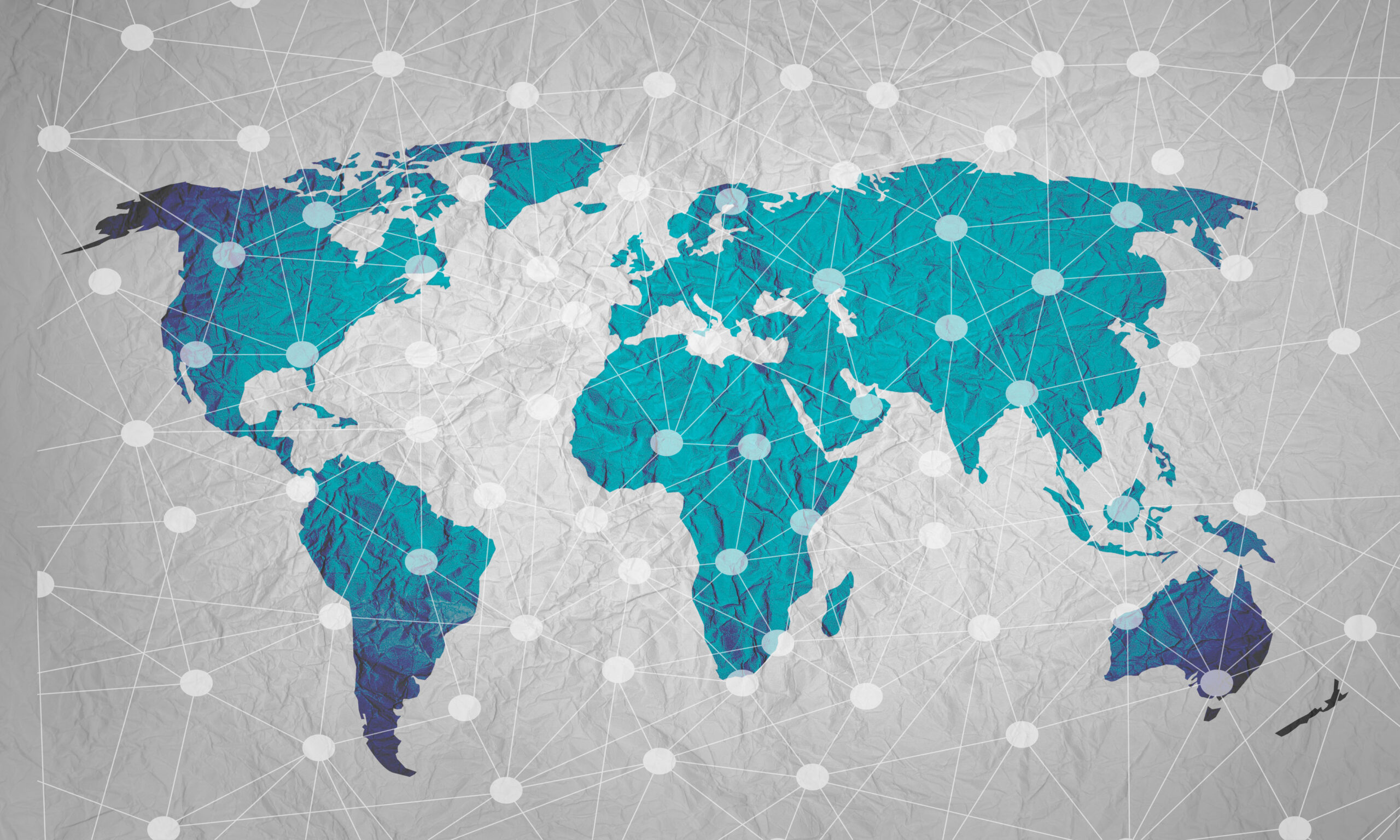Technological Infrastructure
The mass of information gathered on mercury emissions and concentration in the different matrices needs to be managed appropriately. In this regard, an infrastructure has been created that allows to operate on archiving, cataloging and flow of the mass of data collected as well as on the provision of advanced web processes and services: the cyber(e)-infrastructure concerning mercury and its compounds.
Thanks to this infrastructure it is possible to make available data, evaluations and tools useful either for research or to policy makers in the evaluation and management of aspects related to mercury pollution.

DATABASE MANAGEMENT
Then there is the management of a series of databases including those that record:
- historical measurements of mercury concentrations in ambient air at ground-based sites, including meteorological parameters
- the results of oceanographic campaigns, including both atmospheric and water measurements
- data resulting from mercury measurement campaigns in the lower stratosphere using aircrafts
- real-time measurements through stations directly connected to the infrastructure.


CONTACTS
Area manager:
Sergio Cinnirella
Headquarters:
CNR-Istituto sull’Inquinamento Atmosferico (CNR-IIA)
Tel: +39.0984 493213 – 493214
Fax: +39.0984 493215
U.O.S. di Rende, c/o UNICAL
Via Savinio, snc
87036 Rende (CS), Italy
Objectives
The Emissions Inventory and Cyber(e)-Infrastructure Operational Unit has among its objectives:
- the annual update of the inventory of emissions from anthropogenic sources and that of emissions from natural processes and sources
- updating the mercury databases present in the cyber(e)-infrastructure by collecting information from institutional sites, mercury-related sites and scientific publications
- the development and standardization of methods for measuring mercury concentrations in emissions from major industrial plants
- support for the development of advanced sensors connected to the cyber(e)-infrastructure, as well as the updating of the same through the development of tools for the management, control and sharing of information
- support for the integration of technical-scientific information in the scope of international programs such as UNEP, GEOSS, etc., according to the principle of Data Sharing.
More specifically, the advanced services and web processes provided by cyber(e)-infrastructure include:
- a data infrastructure with a geographic component (SDI – Spatial Data Infrastructure), in which several databases reside
- a system for managing monitoring stations in real time
- a tool for data quality control and the user interface for the management of the infrastructure.

